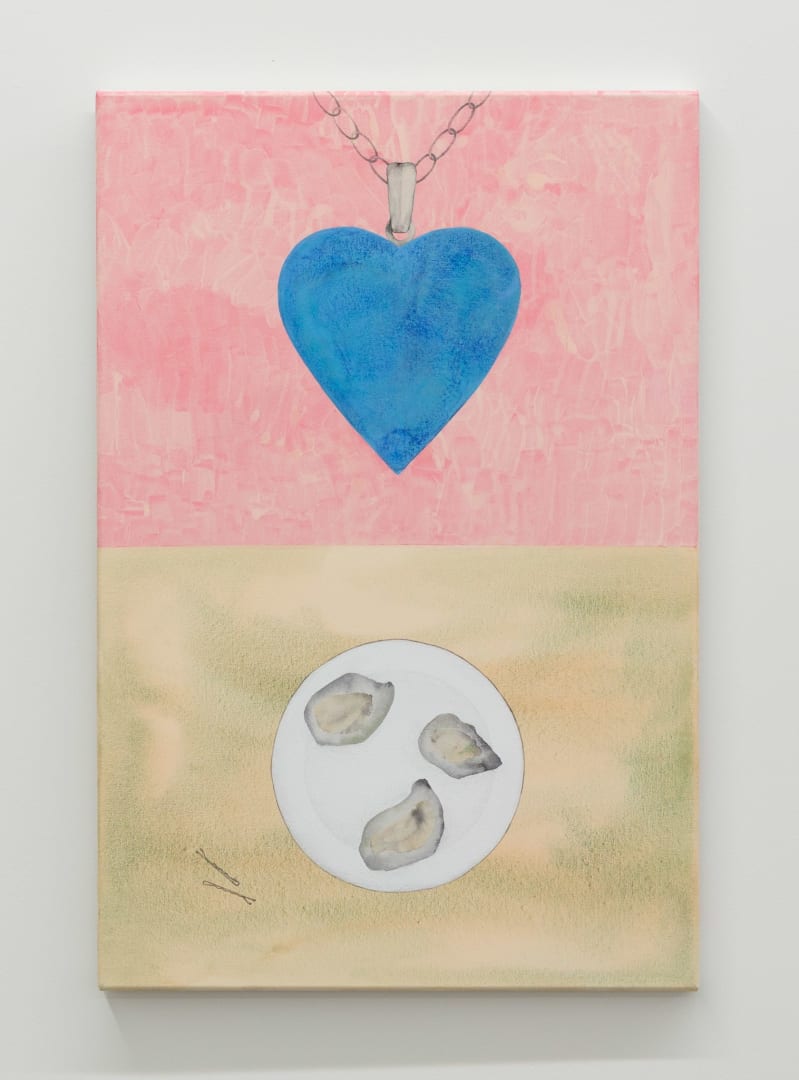Ella Sutherland works across the fields of visual arts and publishing. Her practice visually engages with architecture, the written and social spaces of queer communities in the early twentieth century, and the poetic potential of letterforms. She is particularly interested in the architecture of interior spaces, and the architecture that replaced Modernism’s heroics and clarity with objects and domestic spaces that secured privacy and held mystery—spaces that encouraged acts of refusal, concealment. Eileen Gray’s architectural practice, the language of writer Djuna Barnes, and Natalie Clifford Barney’s literary salon are influential as spatial precedents that offer an alternative to the dominant mode of built, written and social space. With this in mind, her paintings often employ obstruction as a compositional constraint, placing the viewer at the threshold of a private, concealed or ambiguous scene. There’s a desire to read the shapes in her paintings as windows or doors, yet they could also be viewed as folding screens or the ripples of heavy curtains. So are they something to look through, or to conceal, or both? Her paintings have an immediate visual impact. The colour palettes are often limited and tightly controlled. Her practice as a book designer influences her paintings and how she approaches composition, thinks about seriality, and colour. So despite the flatness of the paint application there is also an absorbing sense of depth to her works.
Ella Sutherland (b. 1987, Auckland, New Zealand) lives and works in Sydney, Australia. Her work has been shown widely throughout New Zealand and international venues including Monash Museum of Art, Melbourne; UNSW Galleries, Sydney; 12th Gwangju Biennale, Gwangju and Objectspace, Auckland. She was the recipient of the 2020 Creative New Zealand Visual Arts Residency at the Künstlerhaus Bethanien, Berlin, which has been postponed till October 2021.

